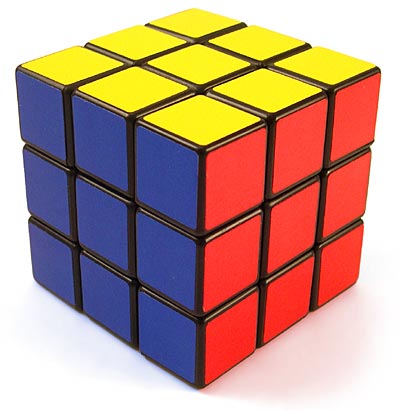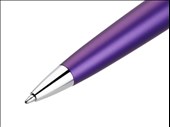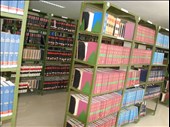Solution for: Rubik’s Cube - How the puzzle achieved success
Answer Table
| 1. Magic Cube | 5. identical |
| 2. layers | 6. inventor |
| 3. diagonally | 7. puzzle |
| 4. interior |
Exam Review
Rubik’s Cube - How the puzzle achieved success

Erno Rubik first studied sculpture and then later architecture in Budapest, where he went on to become a teacher of interior design. It was while he was working as a teacher that he began the preliminary work on an invention that he called the ‘Magic Cube'.
Rubik was inspired by geometric puzzles such as the Chinese tangram, a puzzle consisting of various triangles, a square and a parallelogram which can be combined to create different shapes and figures. However, unlike the tangram, which is two- dimensional, Rubik was more interested in investigating how three-dimensional forms, such as the cube, could be moved and combined to produce other forms.
His design consisted of a cube made up of layers of individual smaller cubes, and each smaller cube could be turned in any direction except diagonally. To ensure that the cubes could move independently, without falling apart, Rubik first attempted to join them together using elastic bands. However, this proved to be impossible, so Rubik then solved the problem by assembling them using a rounded interior. This permitted them to move smoothly and easily. He experimented with different ways of marking the smaller cubes, but ended up with the simple solution of giving a different colour to each side. The object was to twist the layers of small cubes so that each side of the large cube was an identical colour.
Rubik took out a patent for the Cube in 1977 and started manufacturing it in the same year. The Cube came to the attention of a Hungarian businessman, Tibor Laczi, who then demonstrated it at the Nuremberg Toy Fair. When British toy expert Tom Kremer saw it, he thought it was amazing and he persuaded a manufacturer, Ideal Toys, to produce 1 million of them in 1979. Ideal Toys renamed the Cube after the toy’s inventor, and in 1980, Rubik’s Cube was shown at toy fairs all over the world. It won that year’s prize in Germany for Best Puzzle. Rubik’s Cube is believed to be the world’s best-selling puzzle; since its invention, more than 300 million Cubes have been sold worldwide.
Questions 1-7
Choose NO MORE THAN TWO WORDS from the passage for each answer.
Rubik’s Cube
Originally named the 1
Answer: Magic Cube Locate, Rubik’s Cube consists of a number of smaller cubes organised in 2 .
Answer: layers Locate
The smaller cubes can be twisted in almost any way, though not 3
Answer: diagonally Locate. The Cube’s 4
Answer: interior Locate is shaped in a way that allows the smaller cubes to move smoothly. Each side of the smaller cubes has a different colour, and the aim of the puzzle is to organise the cubes so that the colours on the sides of the large cube are 5 .
Answer: identical Locate
The manufacturers of the puzzle changed the name of the Cube to the name of its 6
Answer: inventor Locate it has now sold more than any other 7 in the world.
Answer: puzzle Locate
Other Tests
-
-
Total questions: 6
- 6- Sentence Completion
-
Total questions: 8
- 8- YES-NO-NOT GIVEN
-
Total questions: 13
- 5- YES-NO-NOT GIVEN
- 8- Matching Information
-
Total questions: 13
- 4- TRUE-FALSE-NOT GIVEN
- 6- Matching Headings
- 3- Matching Information
-











